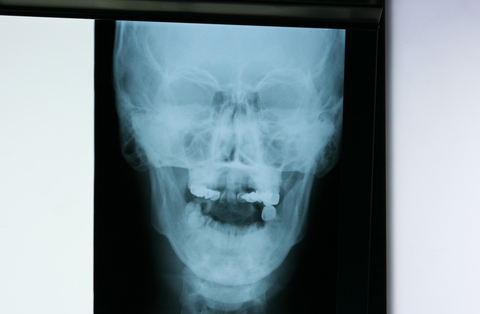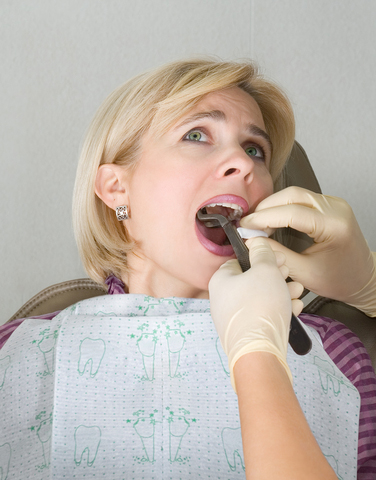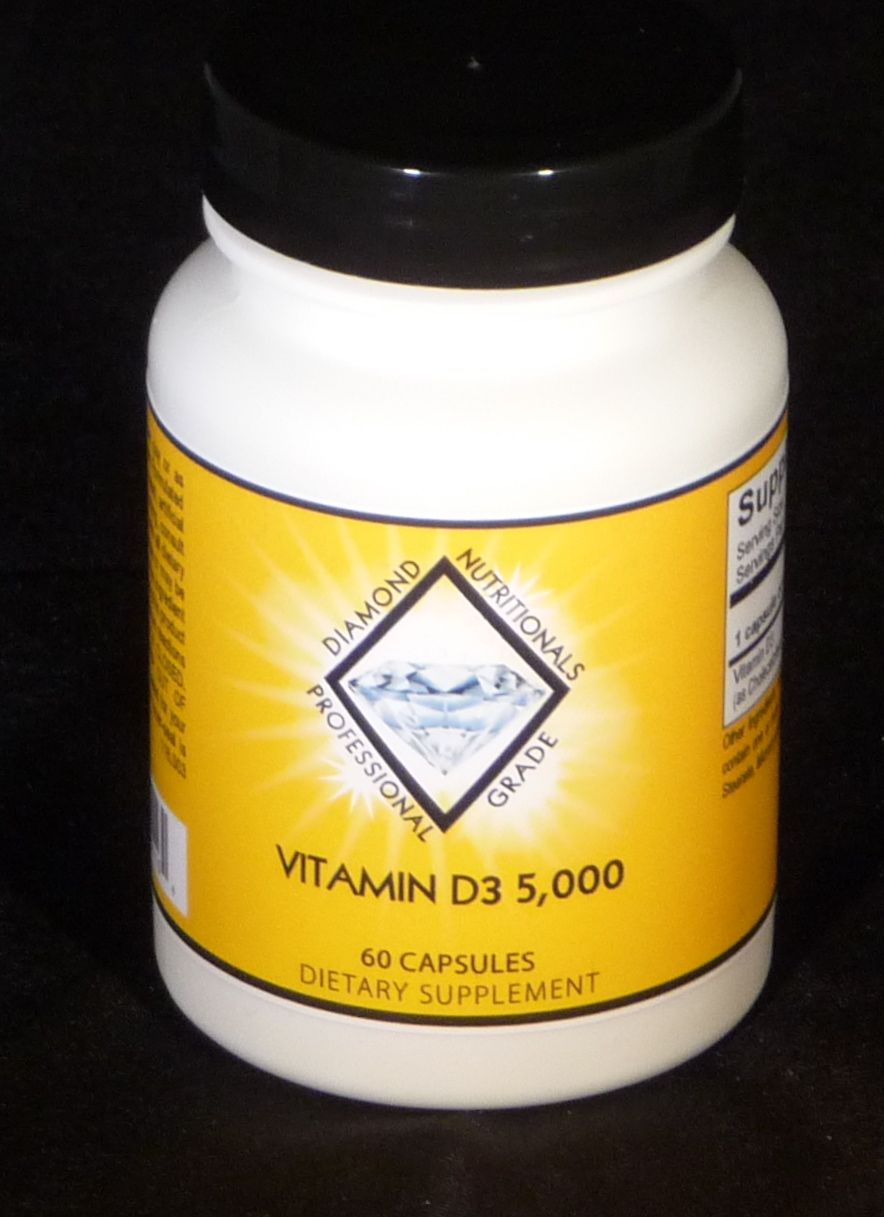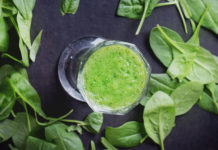by Dr. Craig A. Maxwell
“You need a root canal.” If you’ve heard this from your dentist, you’ve probably cringed inwardly at the thought of having to endure such a procedure. Not only does it cause discomfort, it is quite costly and can lead to serious health problems down the road. In the past few years, more scientific studies have emerged, revealing the connection between root canals and chronic disease.
When you go in for a root canal, your tooth is first drilled deeply to expose the canals where decay has formed. Your dentist then inserts metal files into these canals with the purpose of cleaning away decay. Unfortunately, this pushes much of the bacteria deeper into the gum.
Next come the “cones,” which are placed into the canal and sealed. Posts are set into the filling and the area is filled with a gap. This completely seals bacteria in, leaving them no place to go but down into your gum, your bone, your bloodstream, and then, throughout your entire body.
This is what makes root canals so dangerous.
Your Tooth Cannot Be Sterilized During a Root Canal
No matter how clean your dentist’s office or his instruments, there is no way to completely sterilize your tooth during a root canal. The very nature of the procedure encourages bacteria to become buried in your gum before being sealed off. A root canal is the only type of surgical procedure performed where a dead body part is allowed to stay in the body!
Dr. Weston Price, former head of research for the American Dental Association for 14 years, published an article, which showed the results of a study of 1,000 extracted teeth. Although canal sterilization was done in the research laboratory with sterilizing agents far more toxic than what could be used in the human mouth, 97% of the bacteria still remained with 48 hours.
These disease-causing bacteria make root canals risky because when they can’t escape directly into the mouth, they travel down dentin tubules. Dentin tubules are over three miles of tubes located below the enamel. This area cannot be sterilized and each time you bite down after the root canal, these toxins flow into your lymphatic drainage system, into your blood, and then anywhere throughout your body.
The Problems with Root Canals – Part 1
The Problems with Root Canals – Part 2
Root Canals Increase Risk of Chronic Disease
Root canals present a risk because of the extremely toxic anaerobic bacteria that leach into your system.
Here are the most common diseases associated with root canal:
- Autoimmune Disease
When a dead body part remains within you, your immune system does what it was designed to do: Destroy it. Considering the root canal area never stops producing dangerous bacteria, your immune system doesn’t get a break. After months or years of this constant onslaught of bacteria and toxins, it begins to attack its own healthy tissues. This is the beginning of autoimmune disease.
- Chronic Osteomyelitis
Osteomyelitis is a painful bone infection caused by bacteria. Up to 90.8% of patients with this condition had a recent tissue wound or surgery. According to an article published by the Journal of Antimicrobial Chemotherapy, a foreign body was present in 24 out of 69 patients being treated for the disease.
- Heart Disease
As far back as 1909, the connection between root canals and heart disease was being investigated. Dr. Weston Price removed a root canal in a patient with heart disease and placed it under the skin of a rabbit. It had a heart attack and died. He did this 30 more times. Each rabbit died of a heart attack. While I’m certainly not an advocate for this type of animal experimentation, it did reveal a strong correlation between root canals and heart disease.
A microbe called enterobacter hormaechei might be to blame for this. It seems this microbe, which has been found in infected and removed root canals, is commonly identified in diseased arterial tissues.
- Neurological Impairment
Neurological impairment is another serious root canal risk. Over time, bacteria begin to produce highly-toxic poisons such as mercaptans and thioethers. Mercaptans are thio-alcohols that interact with short-chain fatty acids and negatively affect the function of your brain. Thioethers are nerve agents that have been shown to cause the dopaminergic neurodegeneration associated with Parkinson’s disease.

- Cancer
You have a naturally-occurring protein in your body called P53, which has been shown to be anti-cancer when able to function normally. According to research conducted by Dr. Robert Jones, dental toxins inhibit the amino acids necessary to serve as building blocks for this critical protein.
Dr. Jones invented a Cavitat ultrasound device designed to detect this problem when his research revealed that 93 percent of women with breast cancer had a root canal procedure done. (Eerily, the cancer is almost always found on the same side of the body where the root canal has been done).
What to Do if You’ve Already Had a Root Canal Procedure Done
If you’ve already had a root canal procedure done and you’re concerned about the risks, you have options.
- Ozone Gas Re-Treatment
Ozone gas re-treatment of your root canal can help decrease some of the toxic load on your body and prevent the development of chronic disease. According to a study published by the Department of Endodontics and Restorative Dentistry, ozone gas re-treatment was found to significantly reduce Streptococcus mitis and Propionibacterium acnes.
- Root Canal Removal
The best way to remove the health risks of root canals is to have them removed by a biological dentist. Oftentimes, patients reveal a complete reversal of symptoms within several days of having their root canals removed!
Visit www.TalkInternational.com to find a biological dentist in your area.
Protect Your Teeth to Avoid Painful and Dangerous Dental Work
- Cut Down on Phytate-Rich Foods
Phytates are “anti-nutrients” that may prevent the uptake of essential vitamins and minerals. According to a study published by Drs. Edward and May Mellanby children who ate a diet high in phytates saw a worsening of cavities while children given a phytate-free diet plus a vitamin D supplement showed great improvement.
The highest food sources of these anti-nutrients include grains, beans, nuts, and potatoes. However, this is something said for preparation when it comes to these foods. Soaking beans and raw nuts, for example, has been shown to reduce their phytate content by 50%.
You don’t have to avoid these foods completely. Just be sure to round out your diet with plenty of organic vegetables, fruit, grass-fed beef, poultry, wild-caught fish, and healthy fats like avocado, butter, and coconut oil.
- Optimize Your Vitamin D3 Levels
According to the Journal of the Tennessee Dental Association, vitamin D3 supplementation strengthens teeth by mediating calcium absorption and mineral homeostasis. Vitamin D3 also stimulates the production of anti-microbial peptides.
- Consider Oil Pulling
Oil pulling is an ancient Ayurvedic technique used for centuries to detoxify the body, ease inflammation, and reduce dental plaque. Using sesame oil or coconut oil, swish one teaspoon in your mouth for 20 minutes upon rising before eating or drinking. Spit the oil into the toilet. Rinse your mouth with warm water. Brush as usual. Do this each day for best results.
The best way to avoid the risks associated with root canals is to avoid them completely. Old-fashioned tooth extraction and replacement carries far less risks than a root canal. If you have already had one done, having it removed by a biological dentist is your safest option.
Read More:










I have been suffering with burning and persistent swelling of the upper lip (only) since 2006 (it was dormant for 1.5 years and returned aggressively 6 months ago). I have seen oral maxillofacial surgeons, pathologists, ENTs, dermatologists, dentists, allergists, etc. but not one could find the problem (blood/patch tests were normal and 3 biopsies confirmed only inflammation). I even visited the Mayo Clinic and they suggested that I see a psychiatrist like it was all in my mind. A nationally recognized professor of medicine and pathology, at Johns Hopkins, stated it could not be the root canal (my theory due to it being the only foreign material in my body) because the materials are enclosed in the root canal. This week, I went to have a thermography scan which confirmed inflammation coming from my mouth, traveling down my neck and chest area. The tech stated the inflammation is building up and not exiting properly through my lymphatic system. She stated that I was lucky to get a warning symptom indicating inflammation; others usually have no symptoms until it is too late. She also suggested a lymphatic massage so I visited a therapist who found blockage on the right side of my body (no drainage). The massage and oral injections of Kenalog are the only modalities that improve my symptoms but I plan on taking this tooth out real soon. Its tooth#8 so removing it will have to be carefully planned and replaced with an implant. Nice article…everyone needs to be aware of the possible risks of root canals!
Hi Mike,
Thank you for the kind words about this article. I am glad you are finally on your way to recovery!
Dr. Maxwell